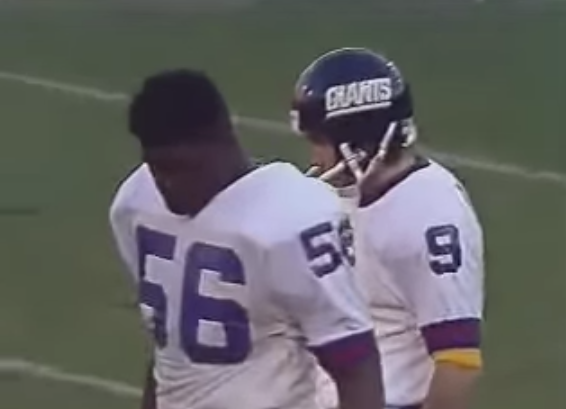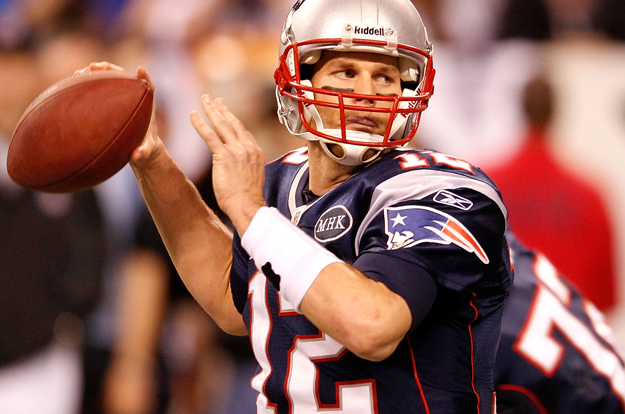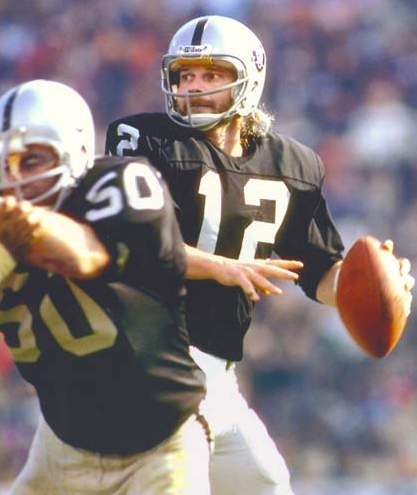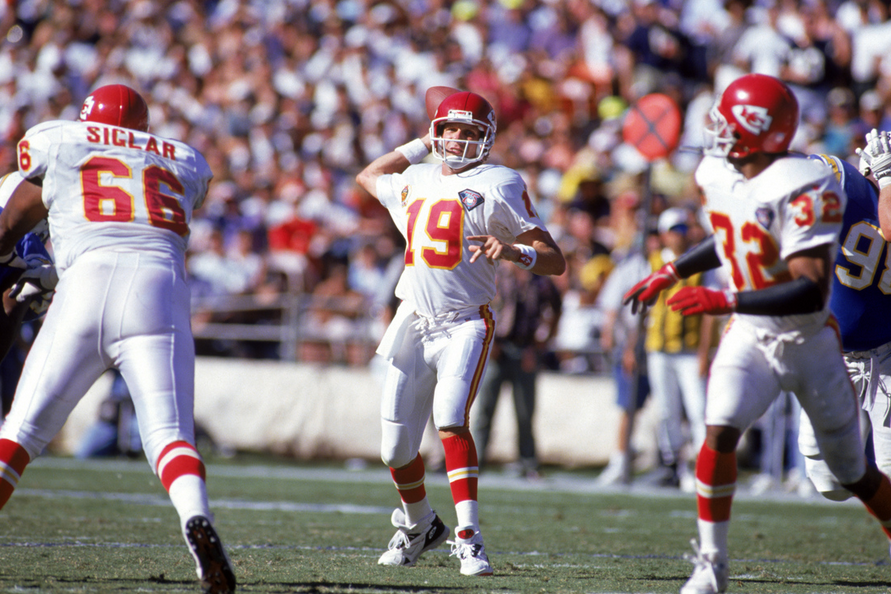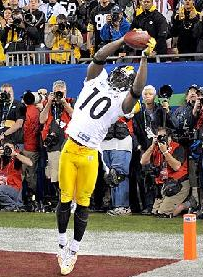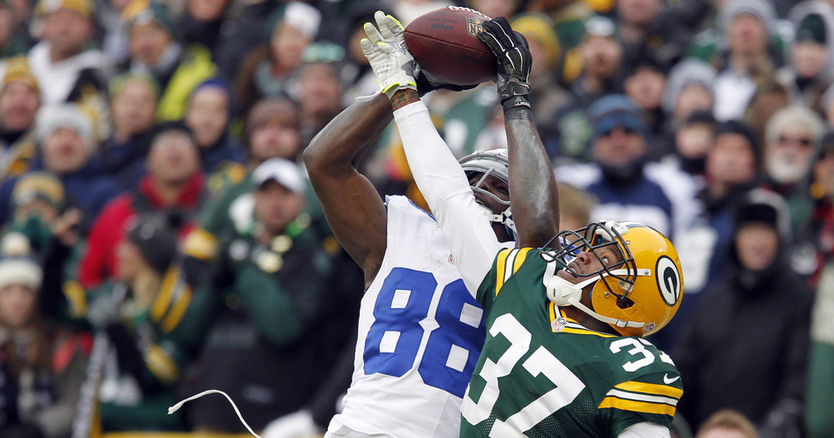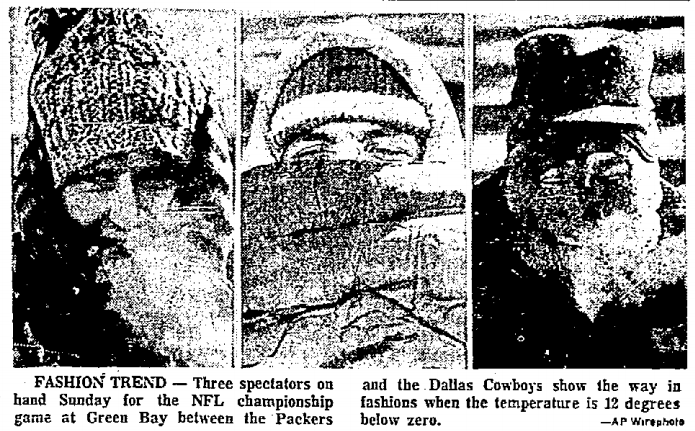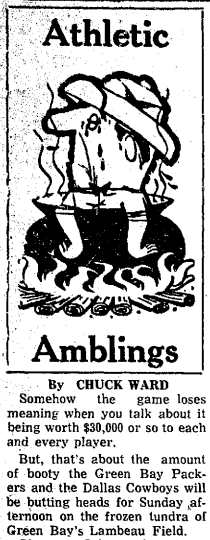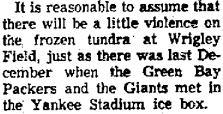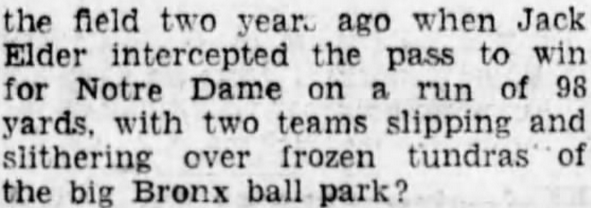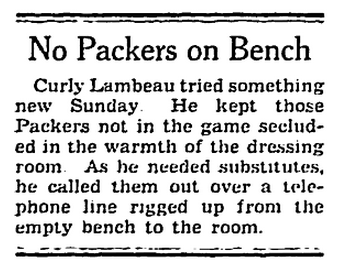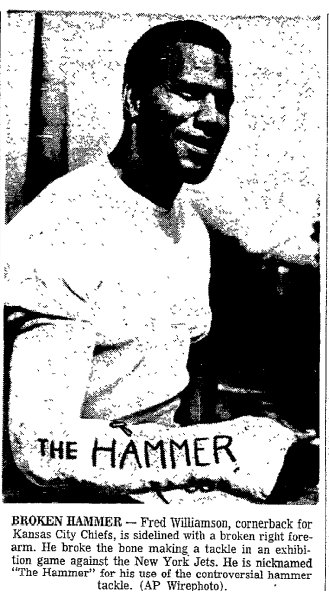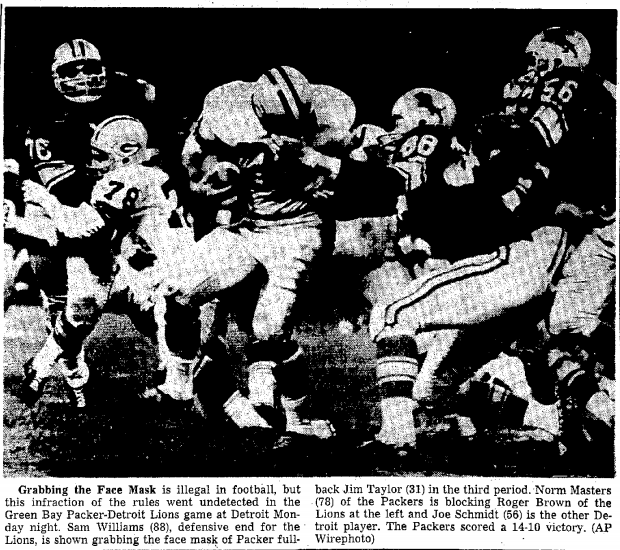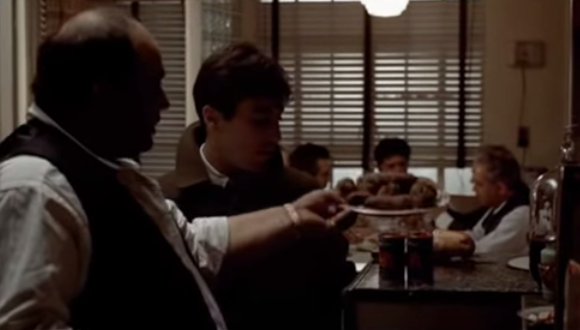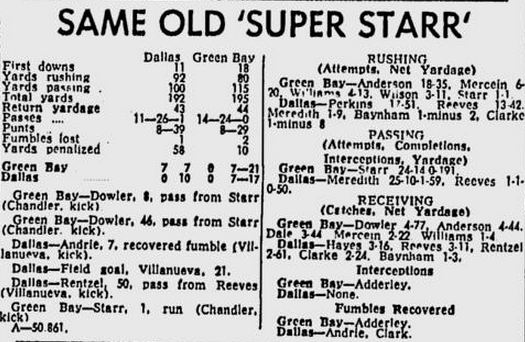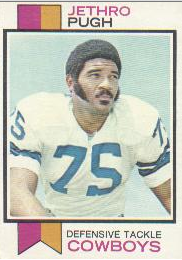Saturday’s summit conference between Bill Belichick and John Harbaugh might have been the best of their eight. The top-seeded Patriots twice trailed by two touchdowns and didn’t lead until Tom Brady threw the 23-yard game-winner to Brandon LaFell with 5:13 left.
There was even some intrigue. Harbaugh howled about the Three-card Monte game the Patriots played in the second half, using only four offensive linemen on several plays and confusing the Ravens about which receivers were eligible. His cries of “deception” and “illegal” — the league cleared the Pats of any wrongdoing — will only add more intensity to the next New England-Baltimore get-together (not that it needs any).
The Belichick-Harbaugh rivalry has become one of the NFL’s jewels (and somewhat surprising since they aren’t in the same division). Belichick holds a 5-3 edge, but they’re even in the postseason — Patriots 2, Ravens 2 — and let’s not forget, six of the games have been in Foxborough.
This gets me thinking about other great coaching rivalries over the years — Hall of Famer vs. Hall of Famer matchups (though Harbaugh still has some work to do in that area). Here are some of the more notable ones, listed by the number of occasions the coaches squared off:
● George Halas (Bears) vs. Curly Lambeau (Packers/Cardinals/Redskins), 1921-53.
Edge: Halas, 31-17-3.
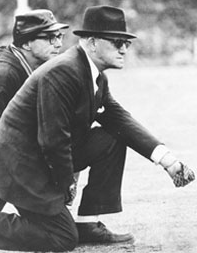
George Halas, hunkering down.
Comment: The only time they met in the postseason was in a 1941 playoff to decide the Western Division title. (They’d finished tied with 10-1 records.) The Bears won, 33-14. Rivalries don’t get any more bitter than this one. During its span, Lambeau won six NFL championships and Halas five. In other words, they were always getting in each other’s way.
● Hank Stram (Chiefs) vs. Sid Gillman (Chargers/Oilers), 1960-74.
Edge: Stram, 13-10-1.
Comment: Both coaches had terrific duels with the Raiders’ Al Davis, too, but Stram-Gillman was longer lasting. Sid won seven of the first nine (while guiding the Chargers to five of the first six AFL title games); Hank took 11 of the last 15 (and won championships in 1962, ’66 and ’69).
● Don Shula (Dolphins) vs. Marv Levy (Chiefs/Bills), 1978-95.
Edge: Levy, 17-7 (3-0 in playoffs).
● Comment: Though Shula had Dan Marino at quarterback, Levy’s Bills clubs were better balanced and dominated the series, going to four straight Super Bowls from 1990 to ’93. None of their three postseason games was very close. Buffalo cruised 37-22, 44-34 and 29-10
● Joe Gibbs (Redskins) vs. Bill Parcells (Giants/Cowboys), 1983-2006.
Edge: Parcells, 14-9 (1-0 in playoffs).
Comment: No defense gave Gibbs’ two-tight-end attack more trouble than Parcells’ (starring Hall of Fame linebackers Lawrence Taylor and Harry Carson). The big thing was, Tuna won most of the close ones. His Giants were 6-2 vs. the Redskins in games decided by a touchdown or less.
● Steve Owen (Giants) vs. Greasy Neale (Eagles), 1941-50.
Edge: Neale: 10-9-1.
Comment: Neale’s Eagles replaced Ray Flaherty’s Redskins as Owen’s primary competition in the latter ’40s. Stout Steve had the upper hand early in the rivalry, but by the end of the decade Greasy was reeling off six straight victories and winning back-to-back NFL titles.
● Vince Lombardi (Packers) vs. George Halas (Bears), 1959-67.
Edge: Lombardi, 13-5.
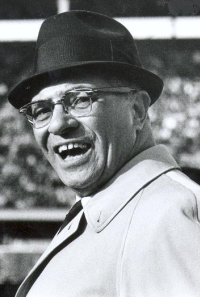
“What the hell’s goin’ on out here?”
Comment: Lombardi made his NFL debut against Halas’ Bears — and beat them 9-6. The rest of their games went pretty much the same way. But in between Vince’s five championships, Chicago did win one last title for Papa Bear — his sixth as a coach — in 1963, when he was 68.
● Tom Landry (Cowboys) vs. George Allen (Rams/Redskins), 1966-77.
Edge: Allen, 9-8 (1-0 in playoffs).
Comment: What can you say? George was a fabulous regular-season coach — and by turning Dallas Week into such an obsession, he made the Redskins-Cowboys rivalry. His postseason win over Landry came in the 1972 NFC championship game, when Washington romped 26-3. Still, Dallas went to four Super Bowls in this period (1970, ’71, ’75 ,’77) and won two of them.
● Paul Brown (Browns) vs. Buddy Parker (Lions/Steelers), 1951-62.
Edge: Brown, 9-8. (Parker had a 2-1 advantage in the playoffs.)
Comment: I fudged a bit on this one because Parker isn’t in the Hall (though he belongs). Theirs was the premier rivalry of the ’50s, with Buddy’s Lions winning two of three title games against Paul’s Browns from 1952 to ’54. After Parker moved to the Steelers in 1957, Brown had more success against him, going 8-4.
● Steve Owen (Giants) vs. Ray Flaherty (Redskins), 1936-42.
Edge: Owen, 8-5-1.
Comment: Every year their teams battled it out for Eastern Division supremacy. What made it even more interesting was that Flaherty had played and coached under Owen. The Redskins won four of the seven division crowns in this stretch but, as you can see, The Master defeated The Pupil more often than not.
● Chuck Noll (Steelers) vs. Don Shula (Colts/Dolphins), 1969-91.
Edge: Shula, 9-5 (2-1 in playoffs).
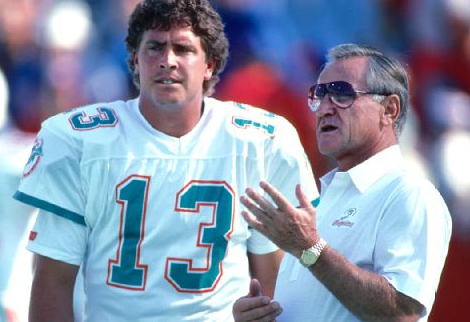
Don Shula and Dan Marino confer.
Comment: Shula’s Dolphins edged Noll’s Steelers in the 1972 AFC championship game, the next-to-last step in their perfect season. That was easily the most memorable meeting of these two legends. When they crossed paths again in the ’84 conference title game, the crunching defense of the ’70s had been replaced by high-scoring passing attacks led by the likes of Marino (who threw for 421 yards and four touchdowns in Miami’s 45-28 victory over Pittsburgh).
● Bill Belichick (Browns/Patriots) vs. Bill Cowher (Steelers), 1992-2006.
Edge: Cowher, 8-6. (Belichick had a 2-0 advantage in the playoffs.)
Comment: Unlike Parker, Cowher probably isn’t Canton material (barring a comeback), but I’m including him because, well, 14 games is no small number. The breakdown goes like this: He was 7-2 vs. Belichick/Cleveland and 1-4 vs. Belichick/New England. The two playoff losses were particularly painful, coming as they did in Pittsburgh in the AFC championship game.
SOME OTHER HALL OF FAME COACHING RIVALRIES
[table]
Span,Coaches (Teams),Overall,Playoffs
1960-69,Vince Lombardi (Packers/Redskins) vs. Tom Landry (Cowboys),Lombardi\, 5-2,Lombardi\, 2-0
1963-69,Vince Lombardi (Packers/Redskins) vs. Don Shula (Colts),Lombardi\, 7-4,Lombardi\,1-0
1959-62,Vince Lombardi (Packers) vs. Weeb Ewbank (Colts),Tied\, 4-4,None
1967-85,Tom Landry (Cowboys) vs. Bud Grant (Vikings),Landry\, 7-5,Landry\, 3-1
1969-88,Tom Landry (Cowboys) vs. Chuck Noll (Steelers),Noll\, 6-3,Noll\, 2-0
1969-78,Chuck Noll (Steelers) vs. John Madden (Raiders),Madden\, 6-5,Noll\, 3-2
1970-75,Chuck Noll (Steelers) vs. Paul Brown (Bengals),Noll\, 8-4,None
1969-85,Chuck Noll (Steelers) vs. Bud Grant (Vikings),Tie\, 3-3,Noll\, 1-0
1970-78,Don Shula (Dolphins) vs. John Madden (Raiders),Madden\, 4-3,Madden\, 2-1
1983-88,Bill Walsh (49ers) vs. Bill Parcells (Giants),Walsh\, 4-3,Parcells\, 2-1
1981-88,Bill Walsh (49ers) vs. Joe Gibbs (Redskins),Walsh\, 4-2,Gibbs\, 1-0
[/table]
What’s interesting is that only one of these pairings (Noll-Madden, 5) featured more postseason meetings than Belichick-Harbaugh (4). The big question is: How much longer will Bill, who’s almost 63, keep coaching? If he stays at it another, say, five years, the Belichick-Harbaugh rivalry might go down as one of the all-timers.
Source: pro-football-reference.com
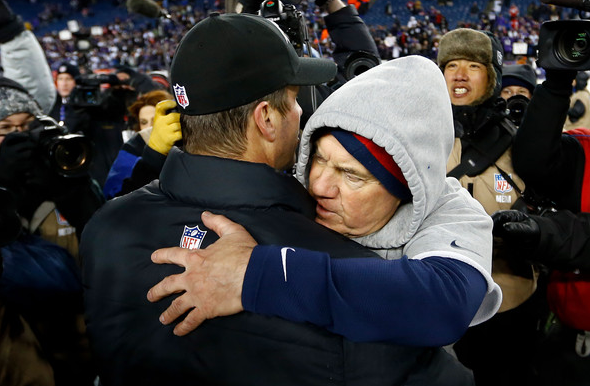
John Harbaugh and Bill Belichick: a warm embrace after a cold AFC title game in January 2012.

